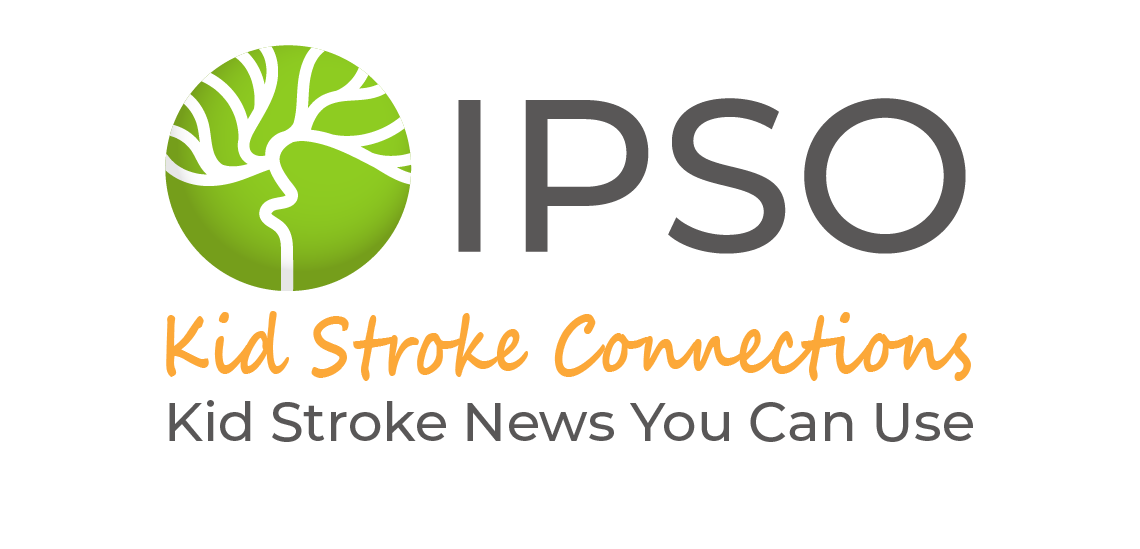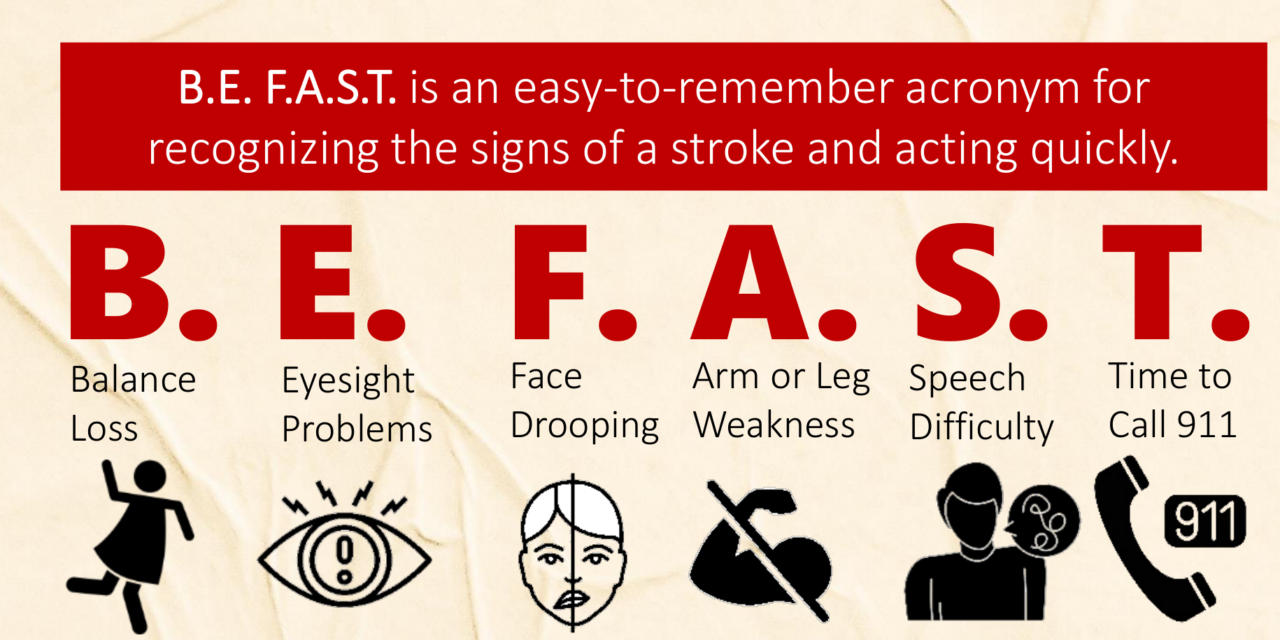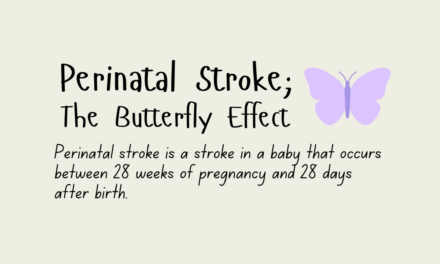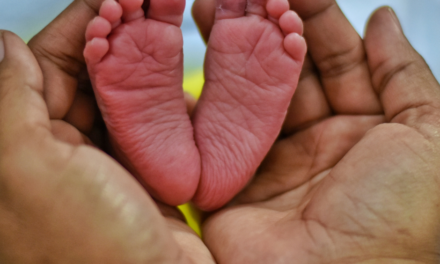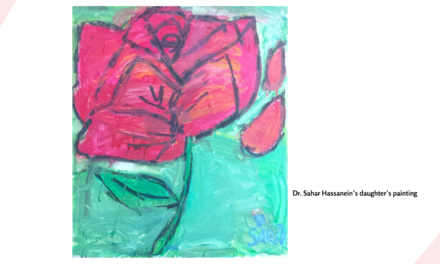A stroke happens when blood flow to a part of the brain is disrupted or when there is bleeding in a part of the brain. This can cause the death of brain cells and lead to weakness of arms or legs, difficulty with speech, balance problems, or vision difficulties.
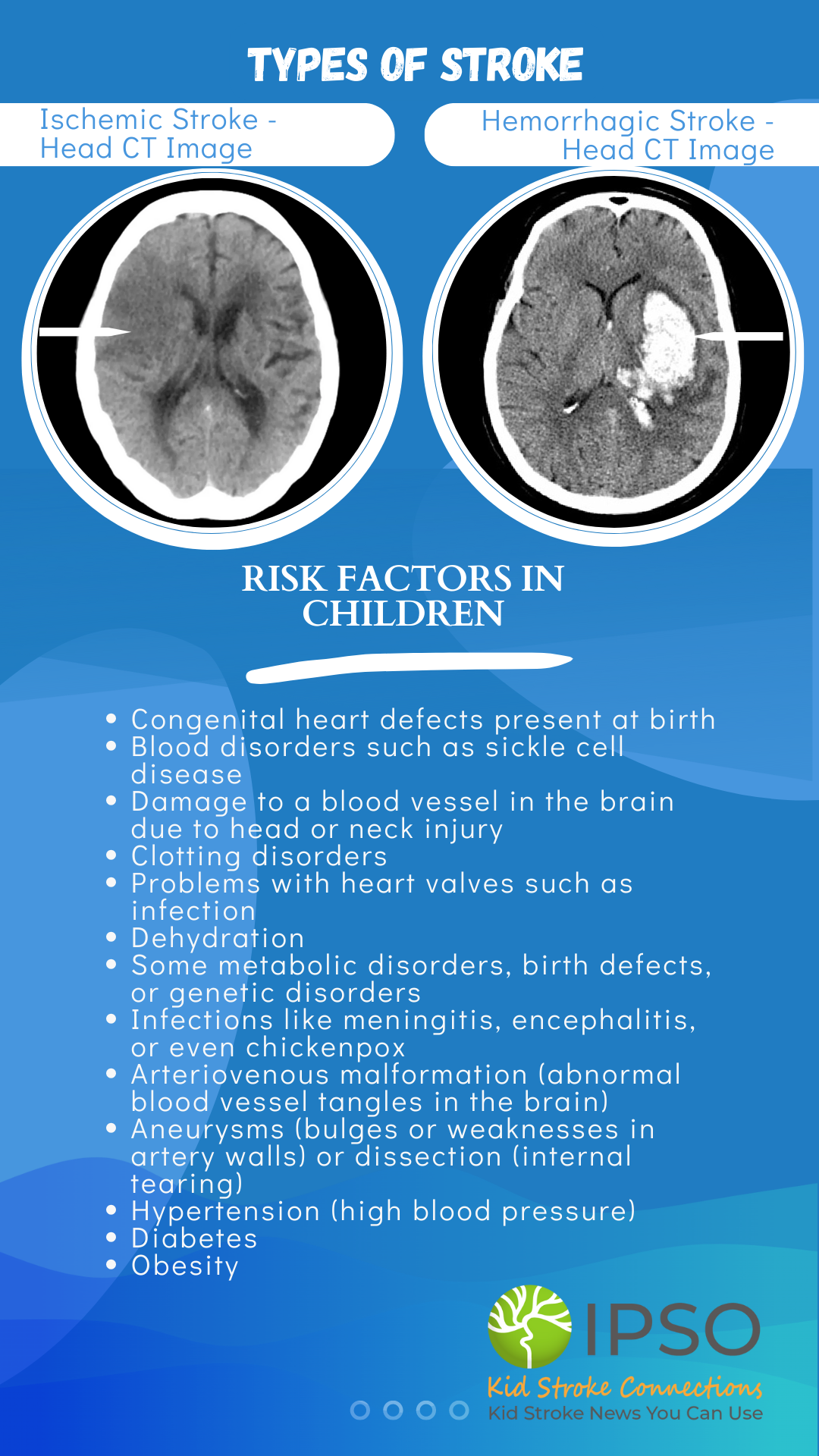
Who can have a stroke?
Although strokes are more common in adults, children, and newborn babies can have strokes. Strokes can also occur in fetuses during pregnancy. One in 4,000 newborns and around 11 in 100,000 children experience a stroke each year. Boys and African-American children have a higher risk of stroke. Stroke is one of the top 10 causes of death in children in the United States.
What causes children to have strokes?
The risk for stroke might be higher if a child has heart problems, sickle cell disease, blood vessel issues, diseases that affect blood clots, infections, head injuries, and certain birth defects and genetic conditions. However, in some cases, the cause of stroke may remain unknown.
How do I know if my student or friend is having a stroke?
The signs and symptoms of a stroke may be different based on how old the child is. The outline below lists common findings to look out for:
Daycare to Elementary School: Sudden onset of one or more of the symptoms below
- Sudden changes in behavior (younger children may not be able to communicate)
- Confusion
- Loss of consciousness
- Sudden difficulty with daily activities or school activities
- Sudden and severe headache, possibly with nausea and vomiting
- Seizures (in a child who has not had seizures before)
- Younger children can also have the same symptoms as adolescents
Middle School and High School (Adolescents may express symptoms better, but they might also ignore or downplay them): Sudden onset of one or more of the symptoms below
- Weakness or paralysis on one side of the body
- Numbness on one side of the body
- Difficulty speaking or understanding others
- Blurred or double vision
- Dizziness or sudden confusion
- Trouble walking or loss of balance
- Sudden severe headaches, possibly with nausea and vomiting
What should I do if my student or friend is having symptoms of a stroke?
The first thing you should do is call 911, or ask somebody close by to call 911 while you stay with them.
- Dial 911
- Lay them down on a flat surface
- Do not give them anything to eat or drink until the ambulance or healthcare provider arrives
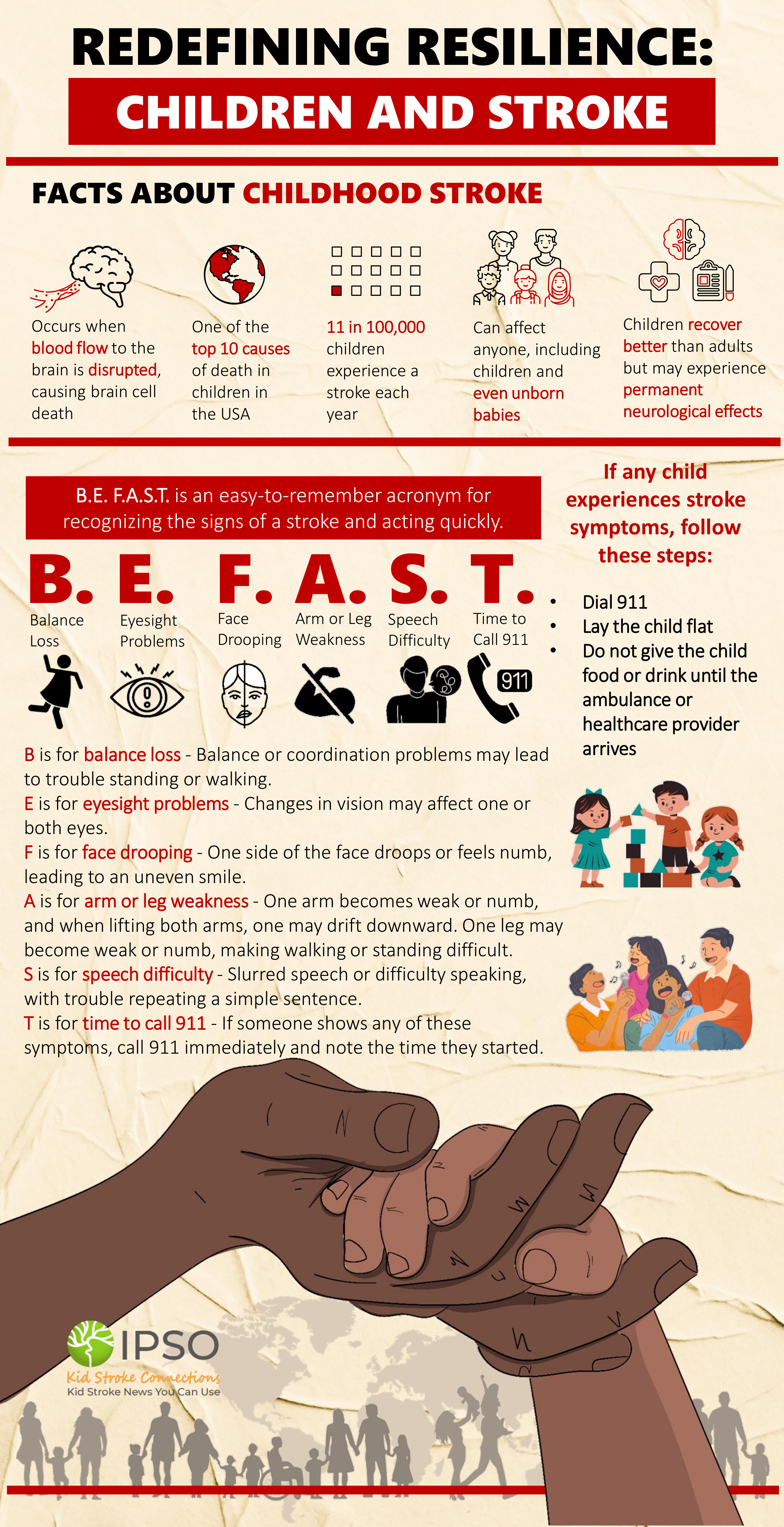
B.E.F.A.S.T. is an easy-to-remember acronym for recognizing the signs of a stroke and acting quickly. Please refer to the infographic for more information.
What happens after a stroke?
Doctors will run different tests, such as MRI and MRA, that take a picture of the brain and the blood vessels that bring blood to the brain. They may also do blood tests and examine the heart to figure out what caused the stroke. The doctor might put them on blood-thinning medications, like aspirin. Sometimes, operations are needed to decrease the risk of another stroke.
Depending on where in the brain the stroke happened, people might have difficulty walking, talking, seeing, learning, playing games, eating, and drinking. A person’s life may look very different after they have had a stroke. Most children recover well with physical, occupational, and speech therapy, but some may require lifelong care and coordinated medical support. Permanent neurological problems may affect 60% of children who survive a stroke, leading to conditions like cerebral palsy, epilepsy, and learning difficulties.
My friend had a stroke, how can I help them when they come back to school?
Because strokes can happen in different parts of the brain, your friend may look, act, or speak differently than what you remember. They may feel different coming back to school. Sometimes, if the stroke affects their ability to walk, they may need to use a wheelchair or crutches. If the stroke affects their vision or their ability to learn, they might need special help in class to learn. Sometimes, they might not be able to talk to you the same way because they could have a hard time thinking about which words to say or have difficulty pronouncing the words. When a friend comes back to school, we can always ask them: “Is there anything I can do to help you?” to help them feel comfortable coming back to school.
Is there any way to stop someone from having a stroke?
It is important to take care of any medical conditions that may increase the risk of stroke, like mentioned above. It is especially important to continue seeing the doctor if a child has already had a stroke in the past. One in 10 children will have a repeat stroke. The doctors might give them different medications and perform special operations, if needed, to help protect them from another stroke. Additionally, it is always good to have a balanced diet, exercise, and not smoke or take any illegal drugs.
References
About the Author

Drishti Timsina, MBBS
General Practitioner
Dr. Drishti Timsina, a dedicated general practitioner from Manipal College of Medical Sciences in Nepal, is a healthcare polymath. Alongside her clinical work, she is a tutor, author, blogger, and digital creator. Her contributions extend to healthcare policy, where she has played a role in addressing childhood malnutrition in Nepal.
In academia, Dr. Timsina’s prolific writing spans newspaper articles, scientific papers, and an authored book. She is a dynamic presenter on topics from infantile spasms to cardiology. Beyond medicine, her creative side shines through art. Dr. Timsina’s multi-faceted approach epitomizes her commitment to healthcare, education, and creativity.
Email: dr.drishtitim@gmail.com

Sweta Joshi
Fourth Year Medical Student
Sweta Joshi is a fourth year medical student at the Pennsylvania State College of Medicine and has a Bachelor’s degree in Psychology from McGill University. She is planning on specializing in the field of neurology and has a keen interest in epilepsy and stroke management. She has worked in epilepsy research at the Montreal Neurological Institute and the George Washington University and hopes to continue exploring her interests further at her future residency program. She is passionate about community outreach and has spent time in medical school establishing outreach programs with the Nepali-Speaking Bhutanese community in Harrisburg. She enjoys cooking, baking, and spending time with family and friends.
Medical Editors: Kevin O’Connor, MD & Dr. Gayatra Mainali, MD
Community Editor: Audrey Wong
